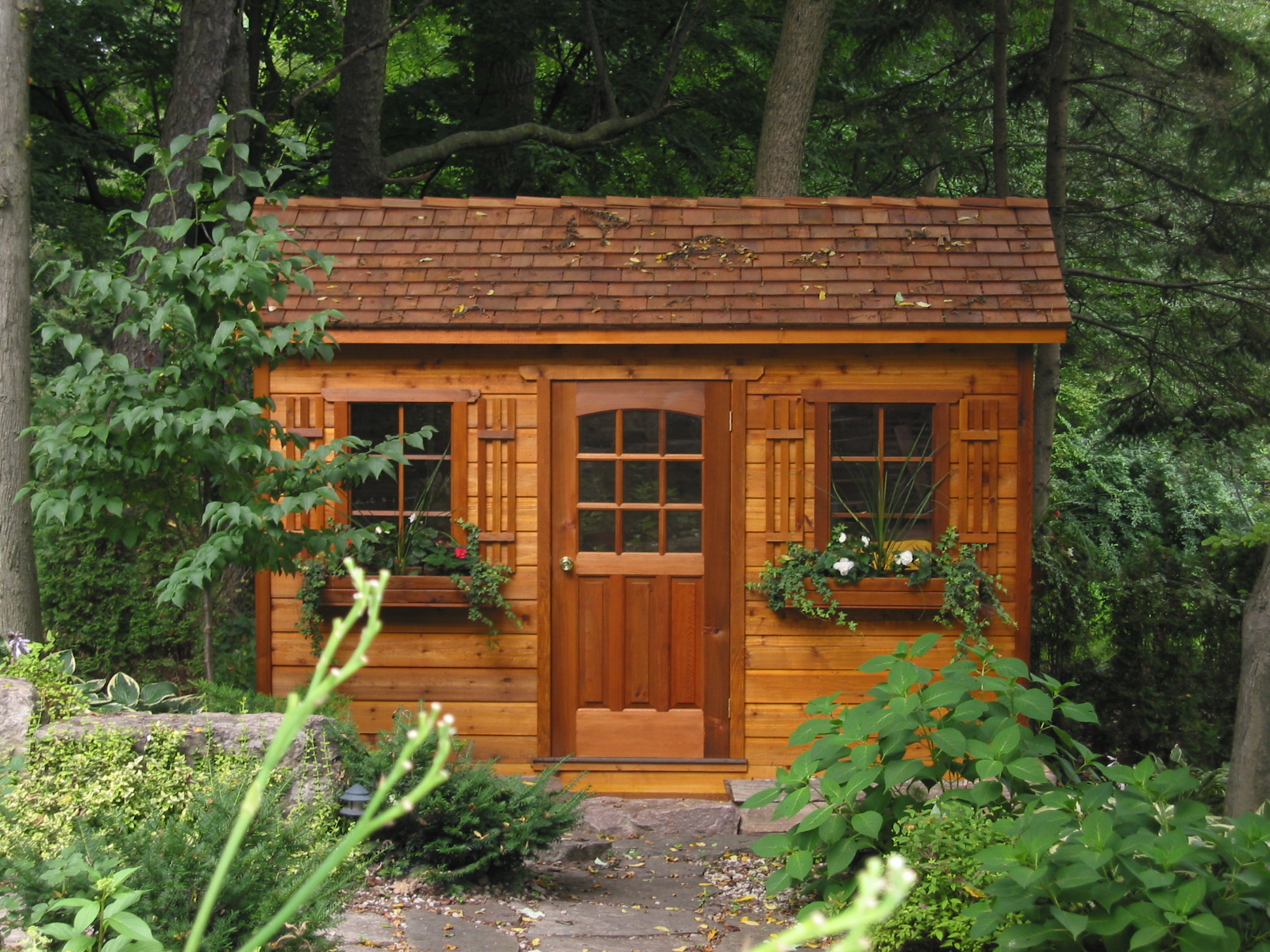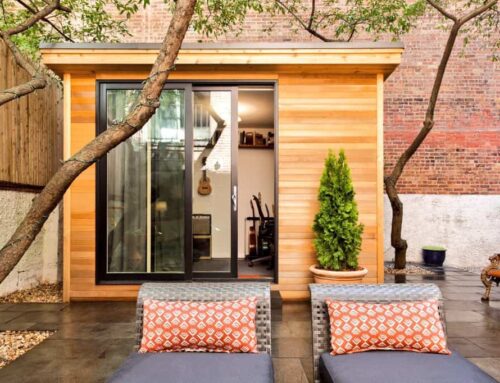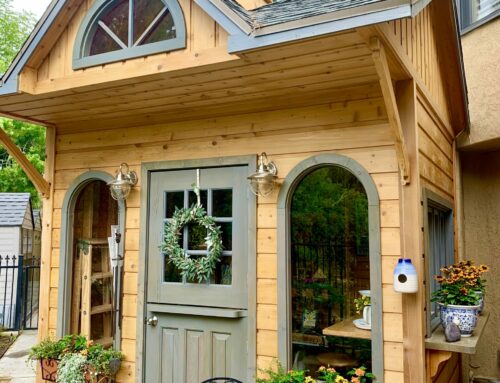
It seems like animals and pests love our outdoor storage sheds as much as we do. Although wildlife is a beautiful part of nature, we don’t want any creatures and critters roaming around our property.
Especially as the weather starts getting colder, animals and pests will start looking for a warm shelter to reside in. So if you want an animal proof shed, then you need to make it an unappealing place for the little pests to live. Implement these 4 simple tricks to prepare your shed this coming season.
Aluminum Flashing
If your shed sits above the ground and you want to prevent animals from crawling underneath, try the aluminum flashing method.
Aluminum flashing is a thin aluminum metal and is normally sold in coils. The width of the aluminum flashing that you choose will depend on how far your shed sits off the ground, they come from 3 inches wide to about 16 inches wide and the coils can range from 10 feet to 50 feet long – again, the size you get will depend on the size of your shed. To see how much aluminum flashing you need, measure the base perimeter of your shed, and cut your aluminum accordingly with tin snips.
The aluminum flashing will be attached to the bottom of your shed – covering the entire base perimeter. This will protect your shed from animals crawling underneath it.
Always remember, before you seal your shed, get a flashlight and take a look under your shed and make sure there aren’t any dead or living animals – since you don’t want to seal anything inside.
When it comes to attaching the aluminum to your shed, you can fasten it with screws, roofing nails, or a power stapler.
Depending on where your shed is located and what your base is, you may want to dig a trench and fill it with rocks. The reason you would want to add rocks instead of leaving soil or gravel is because soil and gravel are easy for animals to dig through. When you are choosing which rocks to put at the base of your shed, make sure to choose bigger rocks (at least 1.5 -2 inches in diameter) so animals won’t be able to dig through them.
The steps to your process will look like this:
- Dig a trench around the base perimeter of your shed (around 7 inches in depth and a foot from your shed).
- Look underneath your shed and remove any animals if you find them.
- Then Measure the base perimeter of your shed to see how much aluminum flashing you need.
- Fasten the aluminum flashing to your shed.
- Fill your trench with large rocks.
Welded Mesh
Another option for animal-proofing your shed is to use welded mesh. If you go with this option, make sure to use welded mesh and not chicken wire. Although they look similar, chicken wire is more flimsy, so stronger animals will be able to manipulate it and get under your shed.
The welded mesh method will work similarly to the aluminum flashing method.
- Dig a trench around the base perimeter of your shed.
- Ensure there are no animals currently under your shed.
- Measure the base perimeter of your shed to see how much welded mesh you need.
- Fasten the mesh to your shed.
- Fill the trench with large rocks.
In order to ensure your welded mesh is securely fastened to your shed, we recommend using screws and a Zinc-Plated Fender Washer. The fender washer will keep your mesh in place and stop it from sliding around.
Keep it Clean
The easiest way to keep animals and pests away from your shed is to simply keep it clean all year round. Don’t leave garbage laying around the outside or inside of your shed. If you have garbage containers in or near your shed, make sure to keep them sealed with a plastic bag and lid– as this will minimize any smells that animals would be attracted to.
An important part of keeping your shed clean is organizing your materials. If you use your shed for gardening, be sure to store any seeds (especially grass seeds) or bags of soil inside tightly sealed plastic bins. And of course, the plastic bin rule applies to any pet food you store inside your shed as well.
Seal All Cracks
Animals, rodents, and bugs can more easily invade your storage shed if you have holes in the floor, siding, and roof.
Cracks will very likely lead to a leaky shed, which can cause mold and water damage – and as if this weren’t reason enough to cover leaks in your shed – this mold can start attracting all sorts of pests that love moisture.
Additionally, cheaper big-box store sheds are more prone to leaks and cracked roofs. Although the lower prices may be tempting, be aware that holes in the roof can create the ideal place for wasps and birds to make nests.
Ensure to carefully monitor your shed and check for any leaks or cracks. Patch any leaks you find in the roof and use caulk on the walls and floor if you find cracks.
Summerwood delivers garden sheds to Canada the U.S and other countries. So if you’re looking to upgrade your outdoor space, take a look at our collection.




